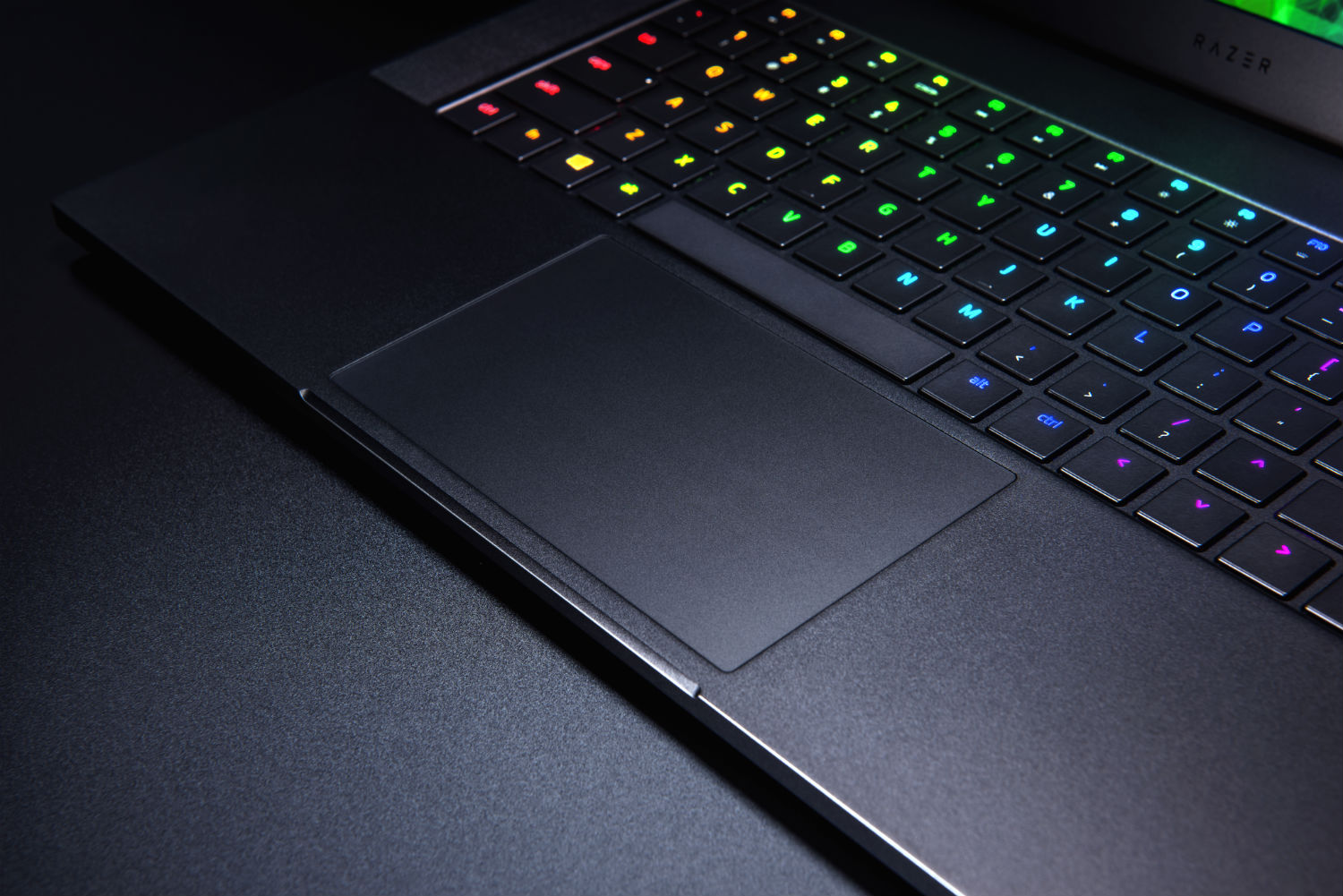
Razer recently announced the newest version of its Razer Blade gaming laptop — and it looks pretty stunning. If you’ve always wished gaming laptops weren’t so chunky and outdated, this is going to wow you. The Razer Blade has always been a solution to that problem — but the newest version looks better than ever.
Those bezels

We recently reviewed the Razer Stealth Blade and were a bit disappointed by the hefty bezels surrounding the display. It’s a quick way to make your laptop feel completely outdated. The new Razer Blade has trimmed down the side bezels to just 4.9mm, which is even thinner than what you’ll find on the Dell XPS 13. A larger 15.6-inch display has been squeezed in without significantly increasing the laptop’s overall size.
A 144 Hz screen

For gamers, a 144Hz refresh rate is the most important aspect of any display. It’s what allows for the most responsive gameplay, pushing high framerates without screen tearing.
The Razer Blade isn’t the first gaming laptop with a high refresh rate, but it’s definitely an important upgrade from the previous Blade. The 144Hz 1080p display starts at $2,200. A 4K display is also offered (starting at $2,900) — though at only 60Hz.
My, what a big touchpad

The touchpad on the previous versions of this design (whether the Razer Blade or the Blaze Stealth) was great. The glass surface was responsive, and the click felt solid and satisfying to press. The only problem? It was a little small compared to what you get on a MacBook Pro or Huawei MateBook X Pro.
On the new 2018 Blade, Razer has upgraded the touchpad by stretching it out, filling out the bottom half of the palm rests.
Fantastic components

The new Razer Blade doesn’t just look better, it also has brand new components to match. Every configuration of the Blade comes with the 8th-gen Intel Core i7-8750H and 16GB of RAM. That’s great for a standard configuration.
On the graphics front, you have the choice between the Nvidia GeForce GTX 1060 Max-Q or 1070 Max-Q. Both are fantastic GPUs that should provide some serious gaming capability to the Blade. Even the SSD choice is top-of-the-line — up to 2TB of NVMe M.2 SSD storage. All these components ensure that regardless of what you’re doing on your Razer Blade, the performance will be impressive.
It’s still thin and light

It’s rare for a company to make an updated laptop bigger and thicker. The new Blade has a larger screen than the previous version, as well as a slightly thicker base. It rounds out at 0.66 inches thick and 4.6 pounds (or 4.7 for the 4K version). As a means of comparison, that’s 0.05 inches thicker than the 15-inch MacBook Pro and 0.6 pounds heavier. That’s still not bad considering you’ve much beefier hardware under the hood.
It ain’t cheap, though. The Razer Blade starts at $1,900 and can be configured up a thousand bucks more from there. It’s currently available to be purchased online right now, so head on over if you’re interested in learning more.
Editors' Recommendations
- The Razer Blade RTX 40 series gaming laptops are on sale right now
- Hurry! The Razer Blade 17 gaming laptop is 44% off today
- How a rumored CPU might embarrass the PS5
- Alienware sale: Get up to $1,000 off gaming laptops and PCs
- Razer, somehow, made a mouse pad exciting



